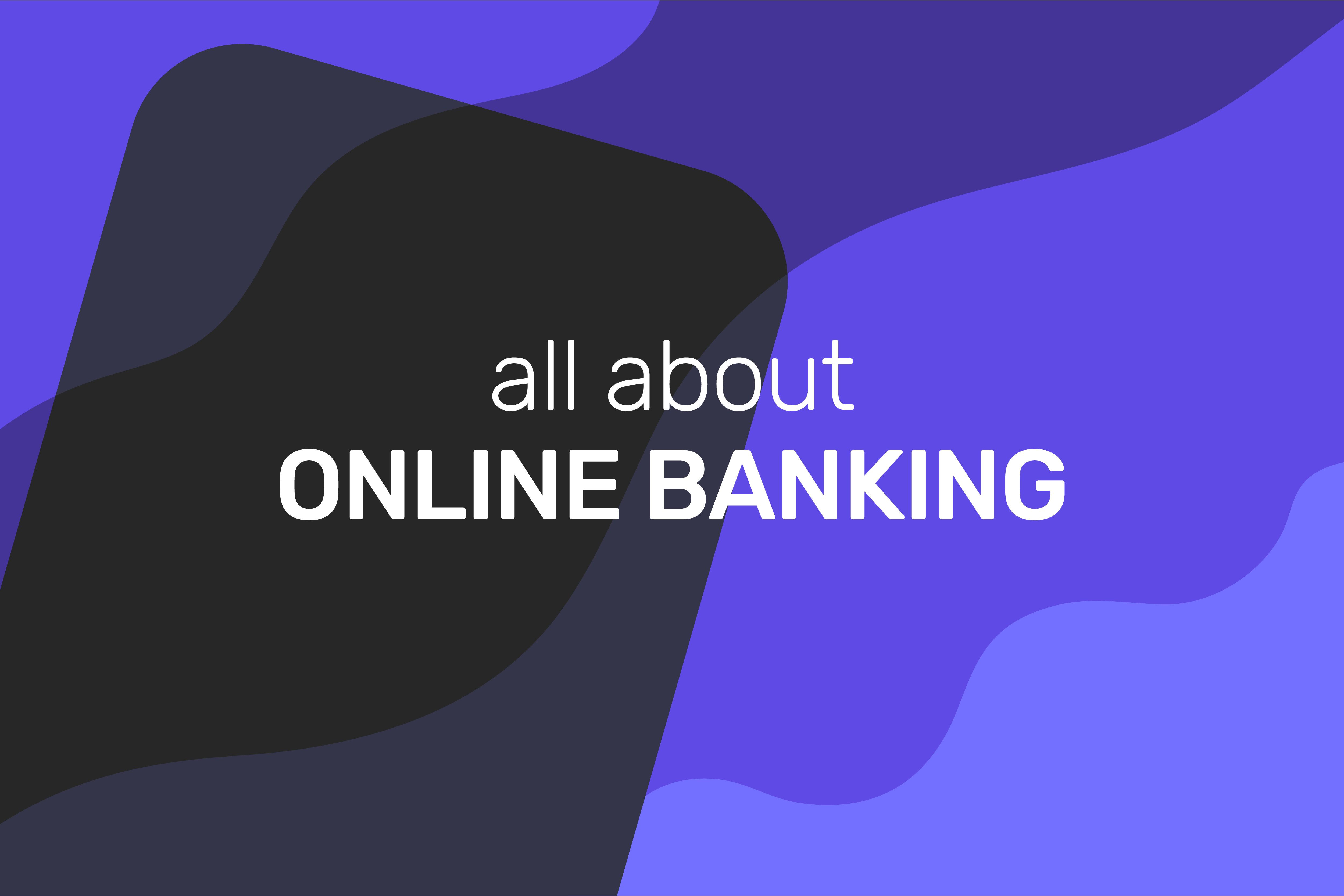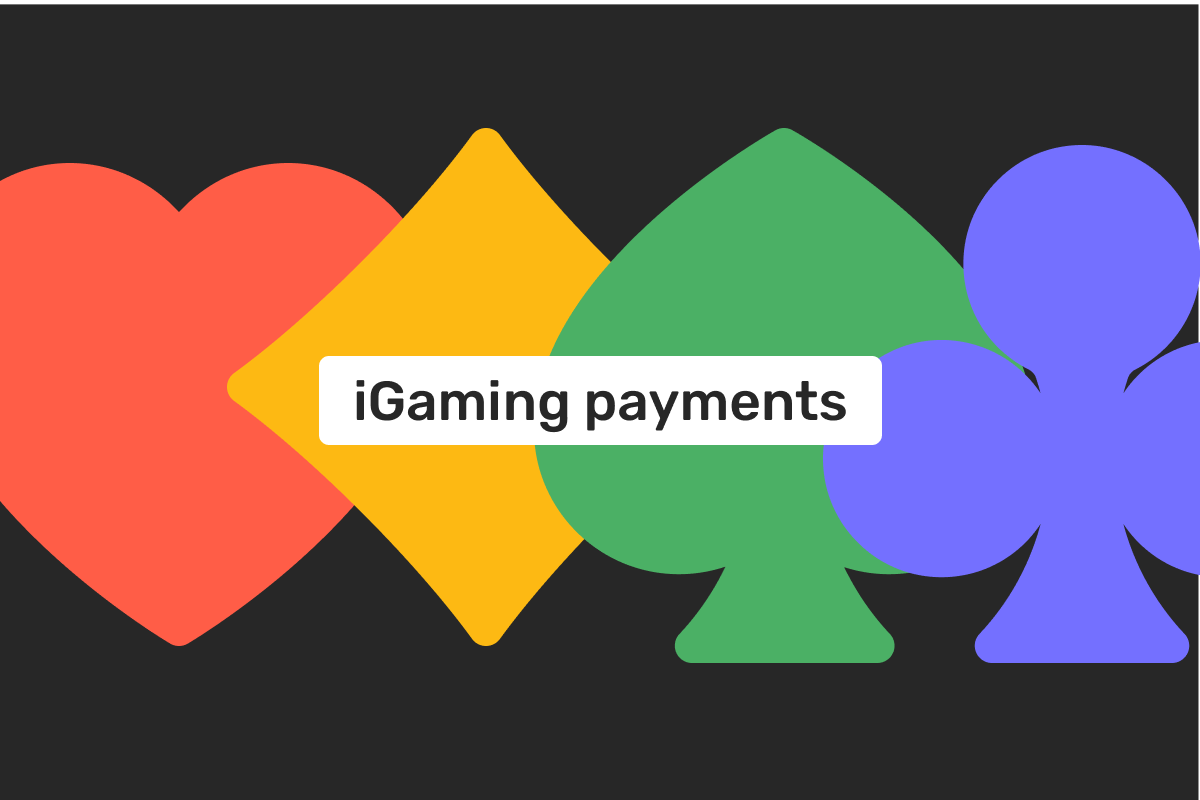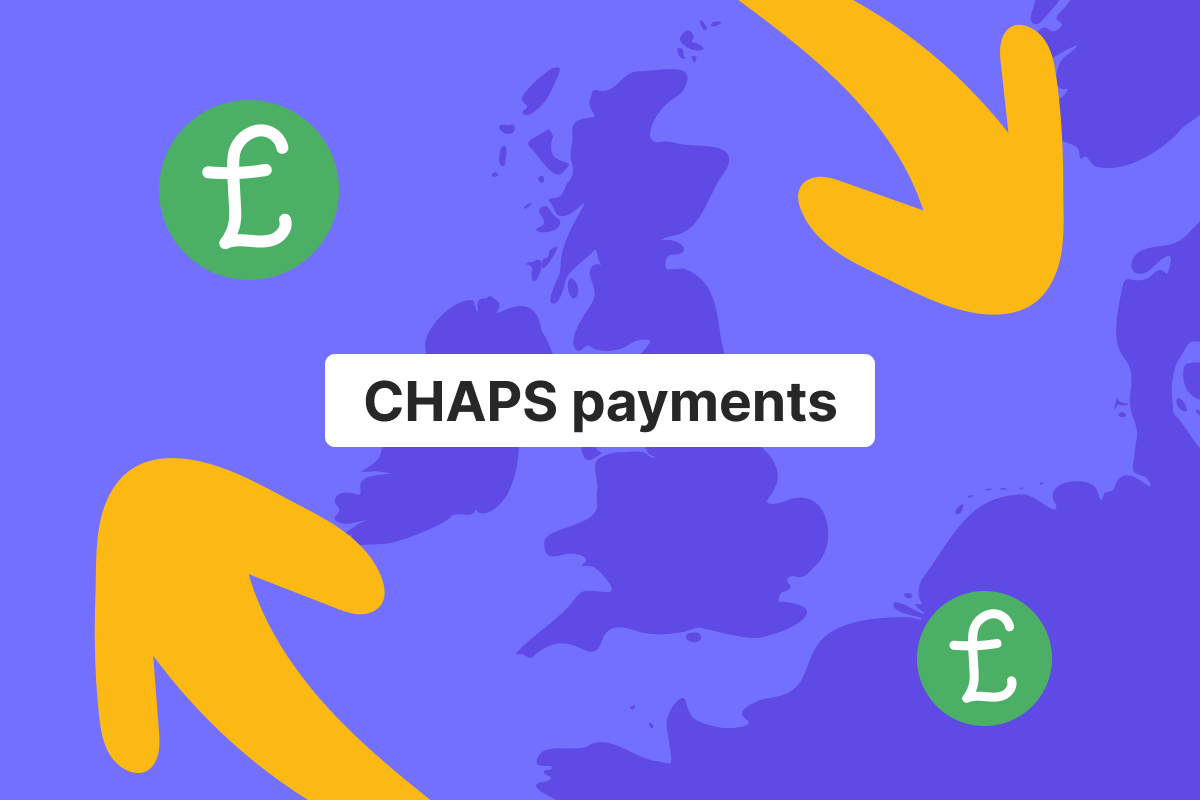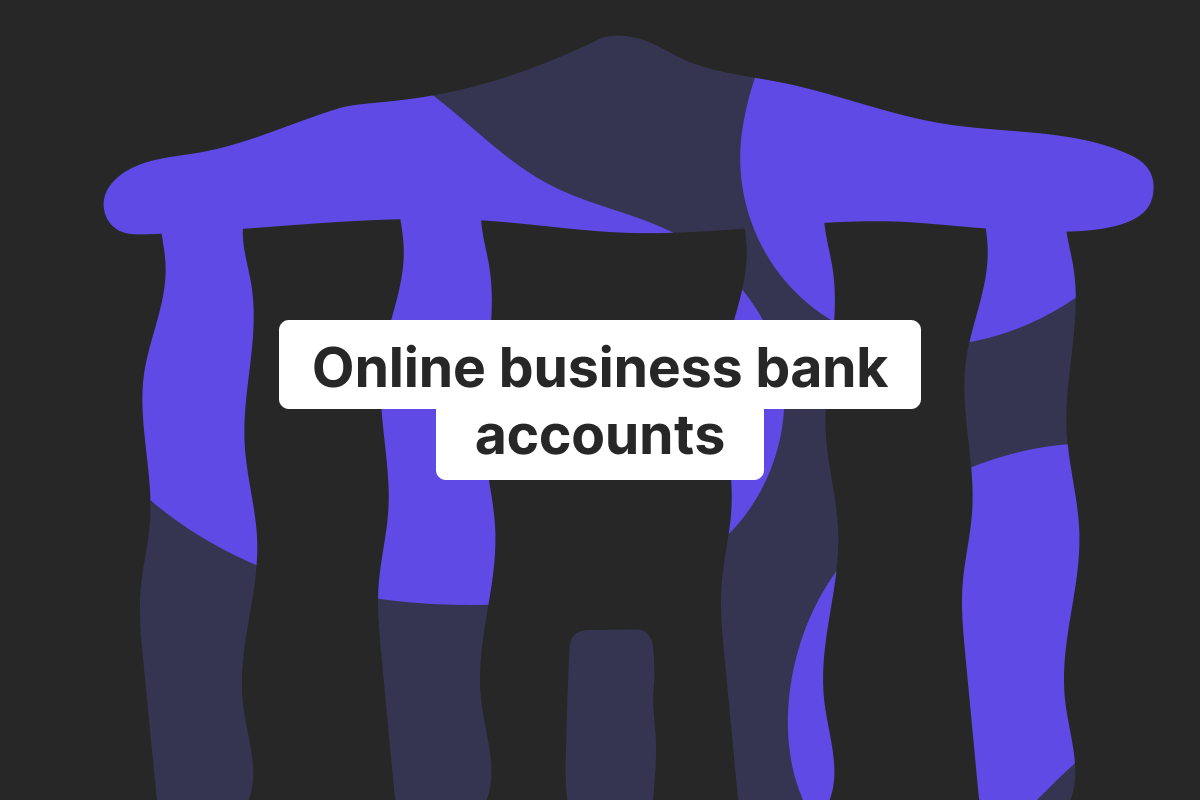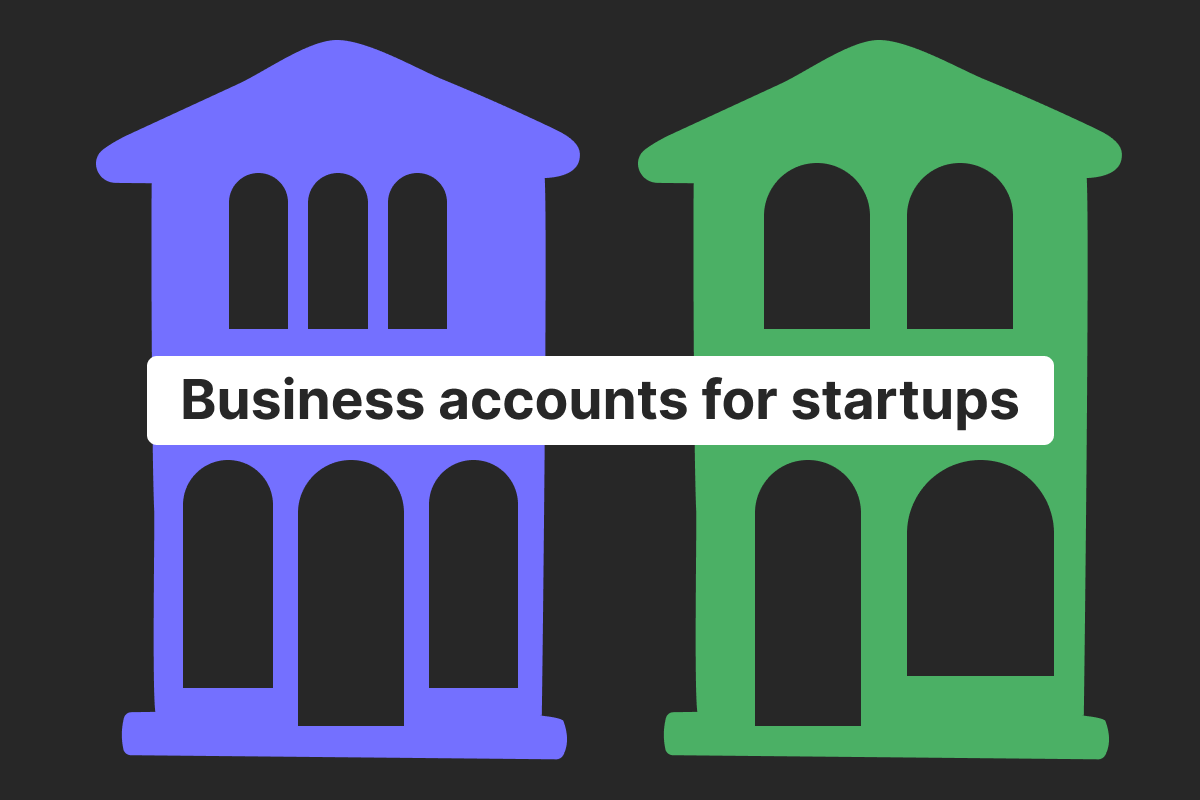Genome Blog / articles / Online banking: what to know and where to start
Jun. 2, 2020
The first instances of online banking, as we know, started to emerge in the mid-90s when the internet itself became public. The popularity of internet banking keeps growing, as technologies develop and become more accessible and widespread worldwide.
Just see for yourself: in 2007, 25% of people within the European Union used the internet for online banking, and in 2017 this figure more than doubled to 51%.
As of 2019, online banking penetration in the EU markets reached 58%, with over 90% of Norwegian, Icelandic, Danish, Finnish, and Dutch populations accessing online banking sites.
The recent lockdown around the world due to the COVID-19 pandemic prompted even more people and businesses to use online banking services. Hence, we have decided to shed more light on what you need to know about the online banking system and its pros.
What is online banking?
Online banking is a set of banking features that are provided on the internet by traditional banks or payment service providers (PSP) through the website. The features may vary, but you can usually use online banking to keep an eye on your accounts and transactions, transfer money, pay bills, use management tools for your card, apply for loans, etc.
To use these services, you will need to access the website via the browser on a laptop or PC and fill in your ID-data and/or password. Make sure you have access to your phone or documents needed to enter your account and a stable internet connection.
You can also come across the term “virtual banking”, which means that the banking institution operates completely online and doesn’t have banking outlets. That’s the main difference between virtual and online banking. The former provides much more features, like personal and merchant account opening, as it has all of the traditional bank functions, but performs these online.
The difference between traditional, mobile and internet banking
On the surface, the answer seems obvious – you either go to the branch bank or visit the website. Case closed? Not exactly, as there more differences than meet the eye.
Accessibility and convenience
These are usually the main reason why people prefer internet banking to a traditional one. Indeed, having 24/7 access to your funds and staying away from queues in bank outlets is pretty tempting.
However, keep in mind that if you are not using a virtual bank, you will still need to visit your bank from time to time, as not all features are available online. Thus, if you want your banking experience to be mostly digital, we recommend using online PSPs or consulting a traditional bank about functions it provides on the internet before opening an account.
Security
Some people may feel safer when talking and performing financial operations with and in front of bank employees in a local outlet. What also comes to mind is an image of a giant protected vault with your money in it, and there are fewer worries that your online banking account will be stolen.
Traditional banks might be prone to security britches, as they store clients’ information in data centers that can be hacked.
As for online transactions, make sure your bank uses a fraud prevention system. But also don’t ignore necessary safety precautions: use only secured personal devices to log in your account, never tell your credentials to third parties, and avoid public Wi-Fi while doing so.
Customer service
Dealing with your personal or business account issues is one of the main reasons you would want to visit your bank. As sometimes, talking out problems with bank employees face-to-face seems like a good idea. But these visits are not always practical – first of all, you need to find time during a busy working day to get to the outlet, where you will likely need to spend more precious time standing in line. Secondly, your issue may not be resolved in one visit – you might need to bring more documents, etc.
Online banking is more straightforward: call, e-mail, or use chat options to contact the support team whenever you have time and need for it.
Interest rates and fees
Getting back to virtual banks, they usually offer higher interest rates and lower fees than traditional banks, as the former have fewer expenses and lower operating costs. Additionally, you don’t need to meet higher balance requirements, as in the case with banking branches.
As for mobile banking, it is quite similar to internet banking, but a mobile app is used to access your account, not a bank’s website. Apps are developed by banking institutions and need to be downloaded to a smartphone or a tablet to function.
Usually, mobile banking services provide the same features as the online banking ones, but are more accessible, as you can take your phone with you wherever you want, PCs and laptops – not so much. Also, if your phone supports NFC technology, you can use the app for wireless payments, which is handy. Banks and Third-Party Providers (TPPs) can have both websites and apps.
How to start using online banking services
If you already have an account, some of your bank’s services are likely represented on the internet. If so, explore their full capacity to determine whether your bank has what it takes for you to go fully digital.
But if you feel like changing your bank, or even trying out an online PSP, here are some main factors you need to pay attention to:
- Gather necessary information about a bank or TPP – from their experience in the industry to the features. Options like opening an IBAN, merchant or business account, SEPA and SWIFT transfers and the variety of currencies available might prove to be useful for the future, even if for now you only need a personal online banking account.
- Make sure the financial institution’s website is secure. Even if you are going to use internet banking to check your account balance, your financial data still should be encrypted. To do that, banks use SSL/TLS certificates on their webpages, and it’s easy to find out – if the site’s URL starts with HTTPS – your information is protected. For more complicated procedures like payment processing, the PSP or bank needs to comply with a variety of regulations, like PSD2, PCI DSS, and GDPR. We have described all these policies and directives in great detail in Genome’s blog on how to accept credit card payments online securely, so make sure you check it out if you aren’t aware of these.
- Compare interest rates and fees. As we have mentioned prior, virtual banks usually offer higher interest rates and lower fees for the customers, so make sure that you choose the best deal.
- Find out about the bank’s accessibility. The PSP’s webpage needs to be easy-to-use and with all the features you need. The bank should have both the website and an app to reach your account whenever you like.
- Customer service is also essential to your successful online banking experience. The website should contain a contact form, a live chat, or a list of phone numbers to communicate with the support team in case of an issue.
If you are looking for an online banking solution within Europe, Genome might be what you need, as we meet all the criteria listed. We are a European Money Institution that provides all the services entirely online – from opening multiple IBANs, business and merchant accounts* to SEPA and SWIFT transfers with various currency exchange, and payment processing.
Genome is PCI DSS, GDPR, PSD2, 3DS compliant, and uses Covery anti-fraud platform to protect our clients from fraudulent transactions and minimize chargebacks. Find out more about our services through the website, or download Genome app from the Google Play or App Store.
*Please note that Genome’s merchant services have been temporarily unavailable since September 2024.
Right now, any low-risk company can open a business account at Genome for free with no monthly service fees, thanks to our COVID-19 initiative.
